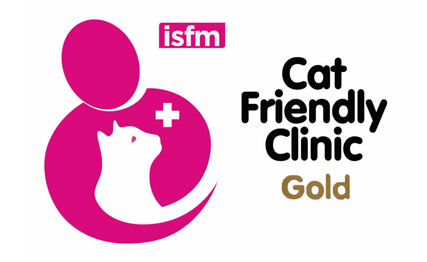24 hour contact: 020 7387 8134
Flea Prevention and Treatments
Fleas are parasites that feed off the blood of their host – pets, humans, birds, reptiles, wild or domestic animals. Some pets may develop an allergy to flea saliva, which causes severe irritation and itchiness.
How do I know if my pet has fleas?
These are common signs that your pet might have fleas:
- Your pet is scratching more than normal
- Your pet has tiny dark specks in its fur
- Your pet has small browny-black insects on its skin/fur
- You or your family members have unaccounted for insect bites on you
How can I check my pet for fleas?
The best way to check for fleas is with a flea comb. Groom your pet and wipe the comb contents onto a white paper towel/tissues. Any fleas or flea droppings will be deposited on the surface. Add a small amount of water and if the droppings turn reddish-brown it's probable your pet has fleas.
Pet flea facts
Fleas have four life stages: egg, larva, pupa, biting adult. The female flea can lay 2,000 eggs in her lifetime. A flea can survive more than 100 days without a blood meal. A flea can jump up to eight inches high - approximately 150 times its own height. Once an animal brings fleas into your environment, getting rid of their eggs, larvae and pupa as well as the bugs themselves is a challenging task.
How do dogs get fleas?
When you are out and about with your dog, they are bound to be exposed to fleas – no matter how hard you try to avoid it. Your pet could also be getting fleas from your home environment! As fleas jump and attach themselves to things, you could unknowingly pick up the parasite from outdoors on your clothing or shoes.
What harm can fleas do to my dog?
Dogs with fleas may develop anaemia, tapeworms or intense bouts of itching (pruritus).
How do cats get fleas?
Cat fleas are very common, and they do not just take up residence on cats.
- Flea swapping: This parasite is often found on dogs. Cat fleas can also be found on rodents, birds, ferrets, squirrels, rabbits, and foxes. If your cat comes in contact with other infested animals, the fleas may jump ship and start a new colony on your cat. Especially during humid months, fleas thrive in moist, shady conditions. Indoor mice can carry fleas will spread them to your cats
- Flea carriage: We can carry fleas into our homes via our clothes and shoes, so if you are around other pets, volunteer at an animal shelter, or stumble upon a flea-infested area, you could be a carrier.
- Flea bedding: Bedding (the pets or our own) carpets and plush toys are potential sources of infestation. If you purchase them second-hand, do a thorough check for flea eggs. And when moving into a new home, look out for evidence of fleas so you can eradicate them before move-in day.
What harm can fleas do to my cat?
Pet fleas can cause diseases such as allergies, dermatitis, anaemia, and tapeworms.
What flea prevention measures should I take for my pet?
Use flea prevention and treatment medication regularly. (we recommend a spot-on product which is applied to the back of the neck on a monthly basis. Alternatively, we can provide tablets that control and kill fleas, an injection for your cat that provides 6 months protection and sprays for your pet, carpets and floorboards).
- Wash regularly pet bedding at 60C (and other fabric that the pet lays on)
- Vacuum floors, skirting and furniture regularly (to break the flea lifecycle – and empty your vacuum cleaner after)
- Use a flea spray for bedding and furniture
- Groom your pet regularly so you can spot any early signs of infestation
How much is flea treatment for pets?
Prices for flea treatments vary according to the type of treatment and your pet’s weight. We are happy to advise you on which options are available. Prescriptions are available at the vet practice and can be ordered via our website for registered clients.
We are always available to give advice on how to eliminate your pet’s flea problems effectively and safely.



